Synopsis
A computer simulation of a cell allows us to see the structure of a cell close-up.
- Programme: Short Circuit
- Episode: Biology - Programmes 1-3
- Channel: BBC Two
- Broadcast year: 2008
- Biology | Cell biology | Cells | The ultrastructure of cells
Licence: ERA Licence required
UK only
Staff and students of licensed education establishments only
Cannot be adapted
Add Notes
More clips from Short Circuit
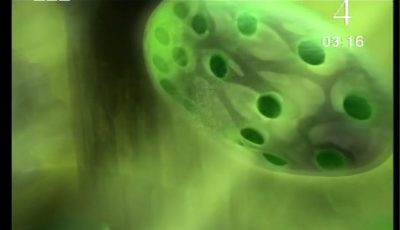
An introduction to photosynthesis | Short Circuit
An introduction to photosynthesis | Short Circuit
An introduction to how plants photosynthesise using chlorophyll, and how important the process is in maintaining the balanc...

Artificial selection | Short Circuit
Artificial selection | Short Circuit
The breeding of racehorses with desirable characteristics is an example of artificial selection.
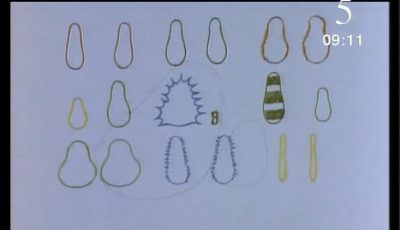
Dominant and recessive genes | Short Circuit
Dominant and recessive genes | Short Circuit
A simple, illustrated explanation of how dominant and recessive genes determine characteristics in animals.
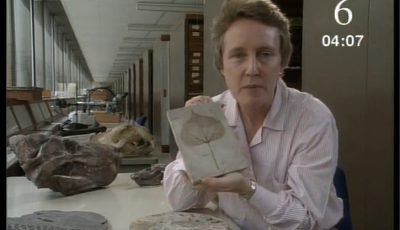
How does the fossil record prove evolution | Short Circuit
How does the fossil record prove evolution | Short Circuit
Angela Milner of the Natural History Museum shows examples of fossils which record the evolutionary changes that h...
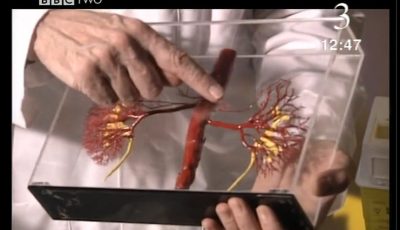
The function of the kidneys | Short Circuit
The function of the kidneys | Short Circuit
The function of the kidneys in the body and how they work, including a cast showing the blood vessel structure.
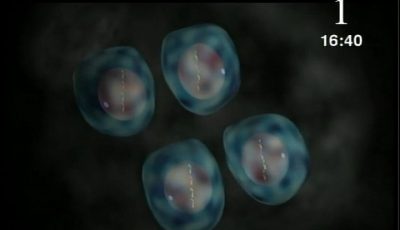
The process of meiosis | Short Circuit
The process of meiosis | Short Circuit
The process of meiosis in sperm and egg cells is explained and illustrated.
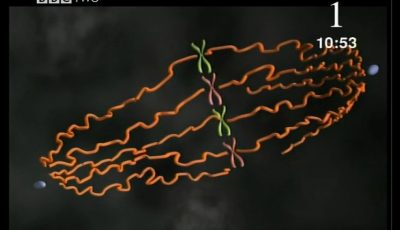
The process of mitosis | Short Circuit
The process of mitosis | Short Circuit
The process of mitosis, seen through a microscope, and then illustrated and explained with a computer simulation.
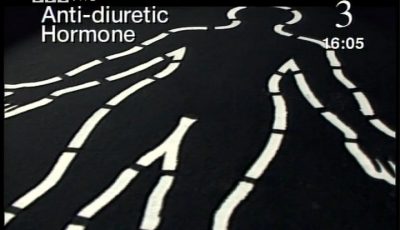
The role of the hypothalamus in water levels in blood | Short Circuit
The role of the hypothalamus in water levels in blood | Short Circuit
An explanation and visualisation of how the hypothalamus works to control water concentration in the bl...
More resources about Cell structure and function

01: Creation | How to Build a Human
01: Creation | How to Build a Human
Scientists are now at the pivotal moment of being able to unlock the instructions hidden in the cells of humans.
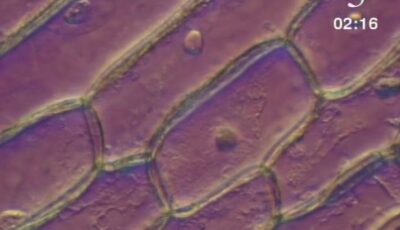
Cells under a microscope | Science In Action
Cells under a microscope | Science In Action
Spec references J247: B1.1a. Showing onion cells and cheek cells under a microscope.
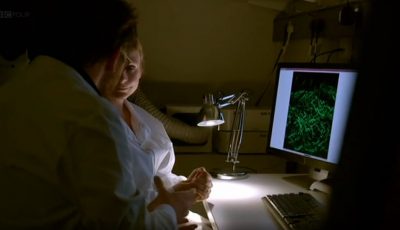
Collagen | Secrets of Skin
Collagen | Secrets of Skin
Collagen makes up 90% of the skin dermis. Professor Ben Garrod talks to a scientist studying collagen whose research has some ground-breaking appl...

Elastin | Secrets of Skin
Elastin | Secrets of Skin
Why do we get wrinkles? Professor Ben Garrod explores the function of elastin in an animal's skin.
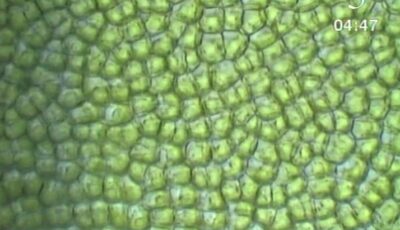
Electron microscope | Science In Action
Electron microscope | Science In Action
Spec references J247: B1.1c. Electron microscope to see the structure of algae and observe cell processes.
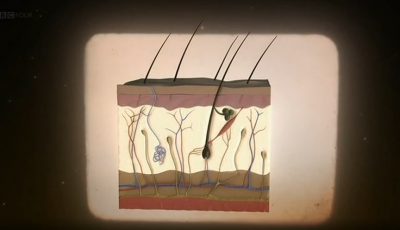
Epidermis | Secrets of Skin
Epidermis | Secrets of Skin
Professor Ben Garrod gives a brief introduction to the structure of skin, especially the epidermis.
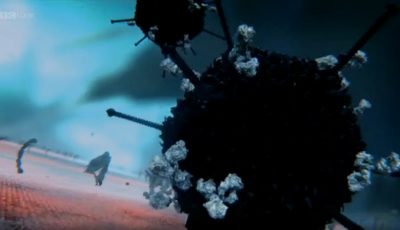
Human defence systems | Secret Universe: The Hidden Life of the Cell
Human defence systems | Secret Universe: The Hidden Life of the Cell
This simulation brings to life the process of a cell's defence against viruses.
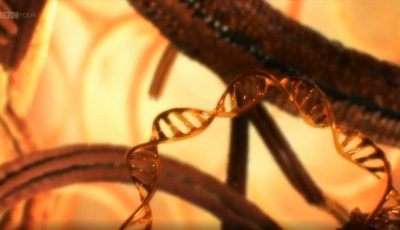
Key parts of the cell | Secret Universe: The Hidden Life of the Cell
Key parts of the cell | Secret Universe: The Hidden Life of the Cell
An amazing visualisation of the cell's structure, and how DNA works within it.
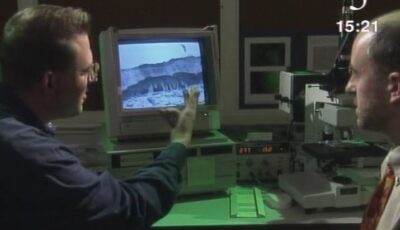
Skin cells in research | Science In Action
Skin cells in research | Science In Action
Spec references J247: . Growing skin for patients, using keratinocyte cells from the patient so that the skin is not rejected.
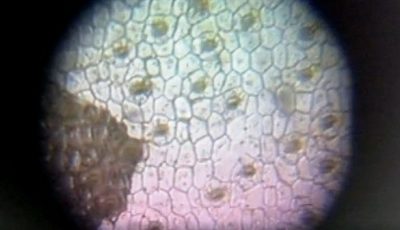
The Identification of the Cell Nucleus | The Cell
The Identification of the Cell Nucleus | The Cell
How Robert Brown used the microscope to notice, identify and describe the nucleus, and discover its ubiquity in cells.
